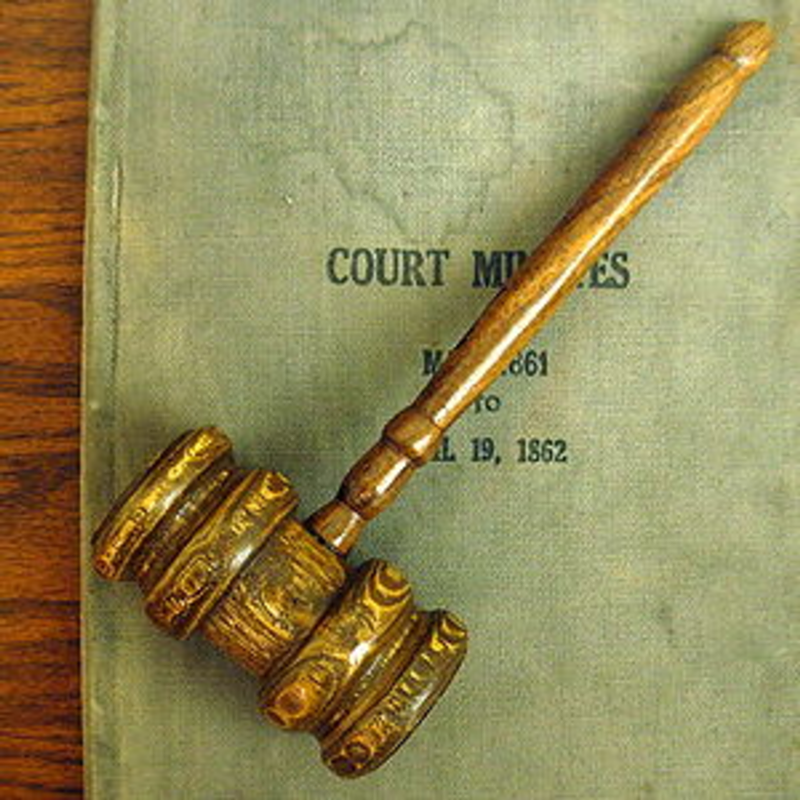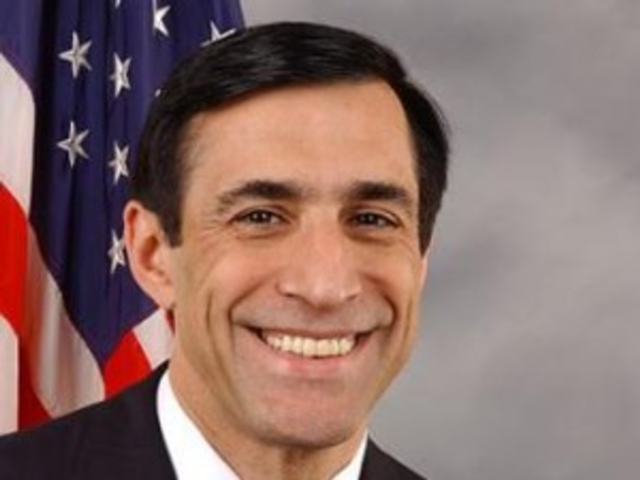A ruling that resulted in a temporary halt in Ohio executions last week means there are 148 inmates on Ohio's death row with uncertain futures. Ohio's death penalty is currently under scrutiny, largely due to opposition that's been raised from documented failures to follow protocol in state executions.
In January, Federal District Court Judge Gregory Frost of Newark, Ohio halted condemned murderer Charles Lorraine's Ohio execution because Ohio has allegedly demonstrated problems over the last several months upholding the execution protocol the state put in place itself in 1981. On Feb. 8, the U.S. Supreme Court upheld Frost's decision, saying that because Ohio had been proven to stray from its own execution policies, it couldn't be trusted to carry out Lorraine's execution or any other death sentences. The next execution in Ohio is scheduled for April.
Frost is one of several advocating for the abandonment on Ohio's death penalty. "For close to eight years, the Court has dealt with inmate challenges to the constitutionality of Ohio’s execution protocol. During that time, the litigation has morphed from focusing primarily on allegations of cruel and unusual punishment to allegations of equal protection violations. Ohio has been in a dubious cycle of defending often indefensible conduct, subsequently reforming its protocol when called on that conduct, and then failing to follow through on its own reforms," said Frost in his written opinion.
He goes on to describe instances in which state agents lied to the Court concerning state executions, expressing frustration about the state's lack of commitment to constitutional execution. "No judge is a micro-manager of executions and no judge wants to find himself mired in the ongoing litigation in which he must continually babysit the parties," said Frost.
That's just a piece of it; there are other judicial bigwigs hoping to have Ohio's death penalty overturned, including Senior Associate Justice for the Ohio Supreme Court Paul Pfiefer, who helped write Ohio's death penalty law when he was a state senator more than 30 years ago. According to Pfeifer, he's changed his mind because he sees the option of life without the possibility of parole more moral and socially beneficial.
Evidently, most of the deviations from the execution regulations were minor paperwork technicalities. Huffington Post reports the errors included switching the official whose job it was to announce the start and finish times of the lethal injection and not properly documenting that the inmate's medical records were reviewed.
Those in support of the hold, however, make another point. Controlling life and death is the most important power the state of Ohio holds; if it can't follow minor rules that it set for itself, who's to say there won't be larger, more detrimental errors in the future?
It's difficult to tell whether or not Ohio will just get a slap on the wrist for its slip-ups or if reform will be seriously considered. The death penalty has almost always been a part of Ohio's history, since it became a state in 1803. Ohio ranked third in the U.S. for executions among the 34 states that have the death penalty in 2011.
Listen to Paul Pfeifer and hear more about the controversy on The Sound of Ideas radio program below.






